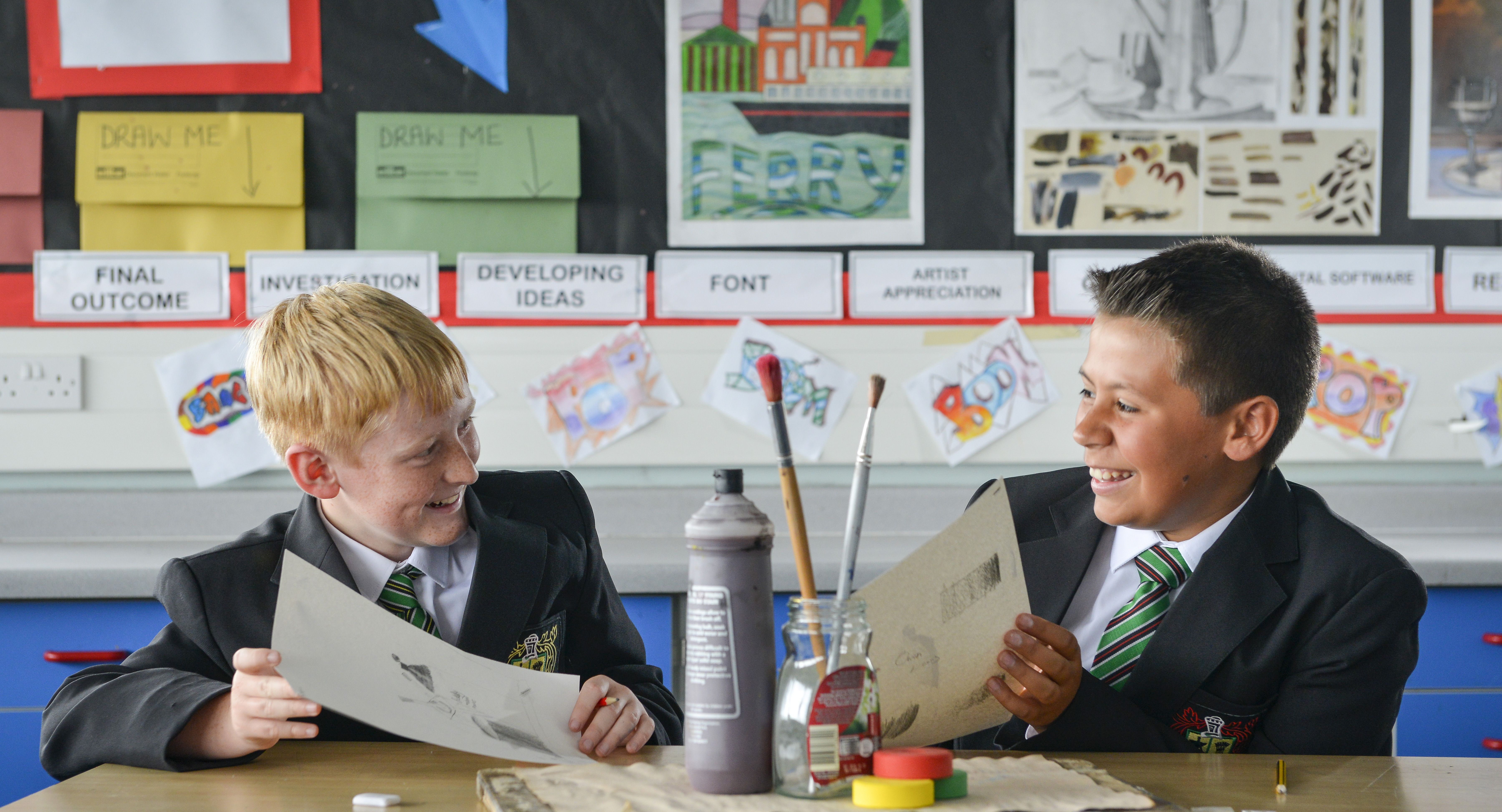Literacy Strategy Overview
Disciplinary Literacy
- Students are given key terms lists and definitions at the start of every unit of study.
- Students are exposed to these key words throughout the unit and assessed on them in varying low-stakes assessments (retrieval at the beginning, middle or end of lessons)
- Students are exposed to extended religious texts as well as shorter philosophical arguments laid out in premises.
- Quotations are used significantly at Key Stage 4 as students’ understanding of religious teachings develops
Targeted Vocabulary Instruction
- Key terms for each unit are tested through various low stakes methods (retrieval practice in books, bingo, whiteboards)
- Key Stage 4 classes have examined vocabulary displayed at all times in the classroom.
- Key Stage 4 classes have exam board definitions on their knowledge organisers.
Reading Comprehension
- Lengthier Bible referenced texts are discussed as a class at Key Stage 3 and students extract key information from these texts
- At Key Sage 4 students are taught to annotate these printed texts, highlighting key terms and language of interest in order to gather a full understanding
Academic Talk
- Whole class discussions are used as a tool to explore and develop understand of key philosophical arguments and concepts following Philosophy for Children practices (one voice, palms to the ceiling, responding to the last speaker, choosing the next speaker and so on)
- Students are exposed to specialised and topic-specific language from year 7, when they are taught the etymology of certain words in order to better understand these concepts.
Scaffolded Writing Activities
- Students are given various sentence starters and paragraph structures to show alternating points of view effectively in writing
- Class discussions are often used prior to writing about responses to philosophical arguments so students here ow various ideas are articulated by their peers.
- Point of view tables are often distributed to students during class discussions so students can create their own scaffolding for the subsequent writing task.












